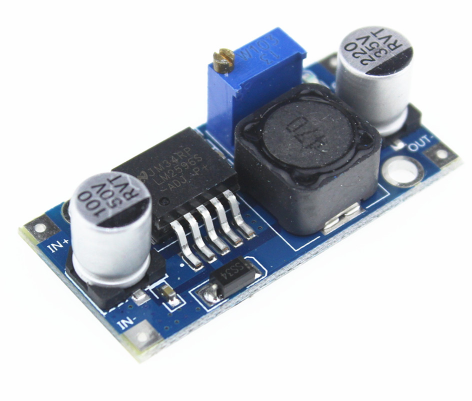do we first rectify it
Usually non isolated SMPSs are DC to DC converters so no rectification is needed. But if it is, then simply add a rectifier like a bridge rectifier (4 diodes), maybe a smoothing capacitor is needed as well and then you're done. The switching part of the supply will need DC to work.
Depending on the input and output voltages an architecture can be chosen.
For high input voltages and a low output voltage, for example input = 100 V DC, output = 12 V DC, often the best choice is a flyback converter SMPS. This is essentially the same circuit as the isolated SMPSs use. It might be that the transformer provides no isolation and/or that the input and output are simply connected. The high ratio between input and output voltage makes the flyback converter (which is based on a transformer) an efficient solution.
If you want to convert a low input voltage into a high output voltage, the flyback converter can be used as well, for example input = 12 V DC, output = 100 V DC.
You could design a flyback converter to convert input and output voltages with a smaller ratio, like for example input = 12 V DC, output = 5 V DC but that is not commonly done as a buck or boost converter would be easier in that case.
For input and output voltages that are not so different, for example input = 12 V DC, output = 5 V DC a buck converter is the most obvious choice.
To increase the voltage, where input and output voltages are not so different, for example input = 5 V DC, output = 12 V DC a boost converter is the obvious choice.
A more practical example of a buck converter is the very common module based on the LM2596:

This module is commonly used to for example convert 12 V into 5 V.
Note how there is no transformer on this module. There is only an inductor and it is the black square component marked 470 (for 47 uH).
To see a block diagram you can follow the link to the LM2596 datasheet.
The LM2596 is a bit old already, I just learned about the LTC3310 which is much more modern, it is designed for low voltages but at up to 10 A, for example input = 5 V, output = 3.3 V:



